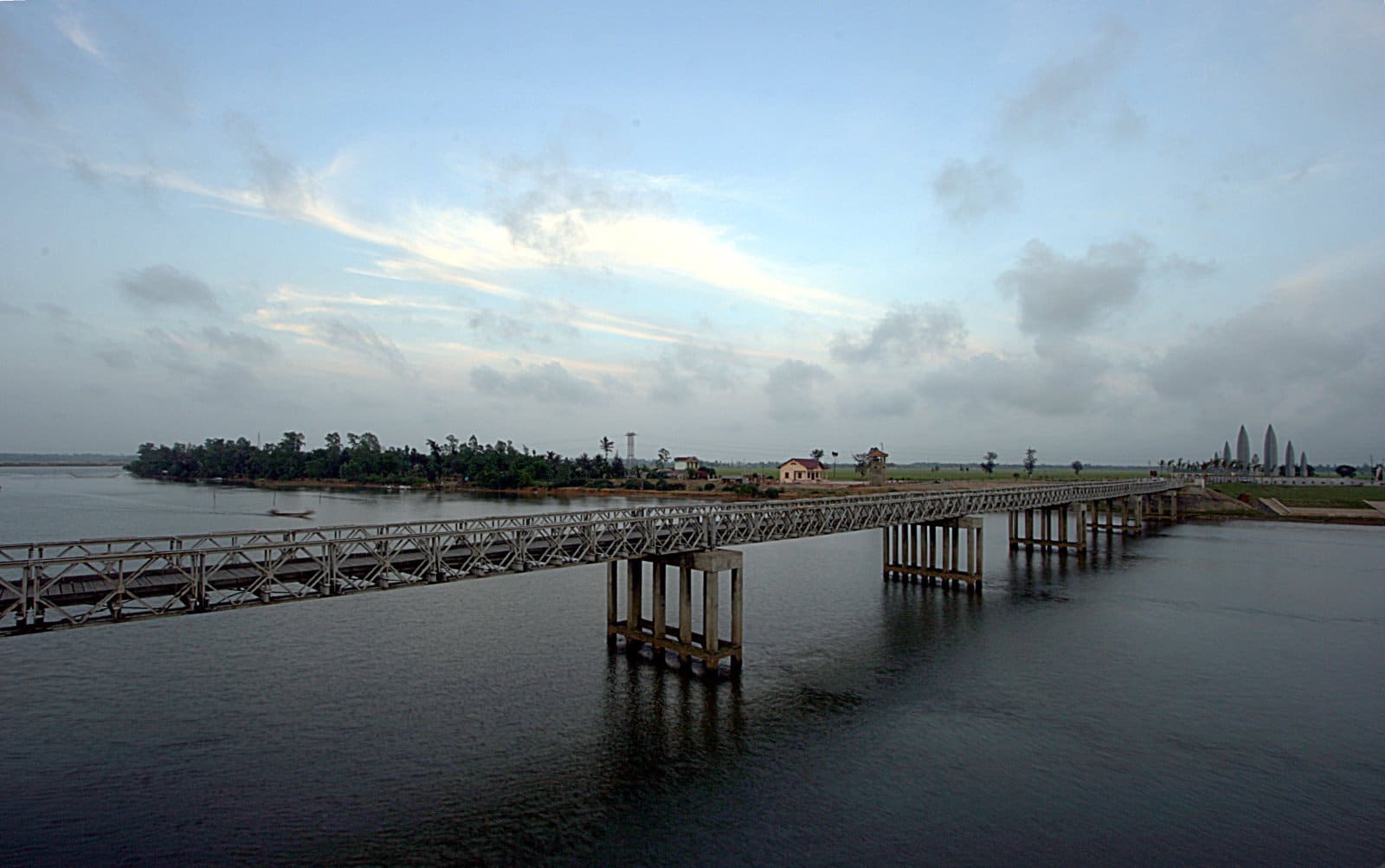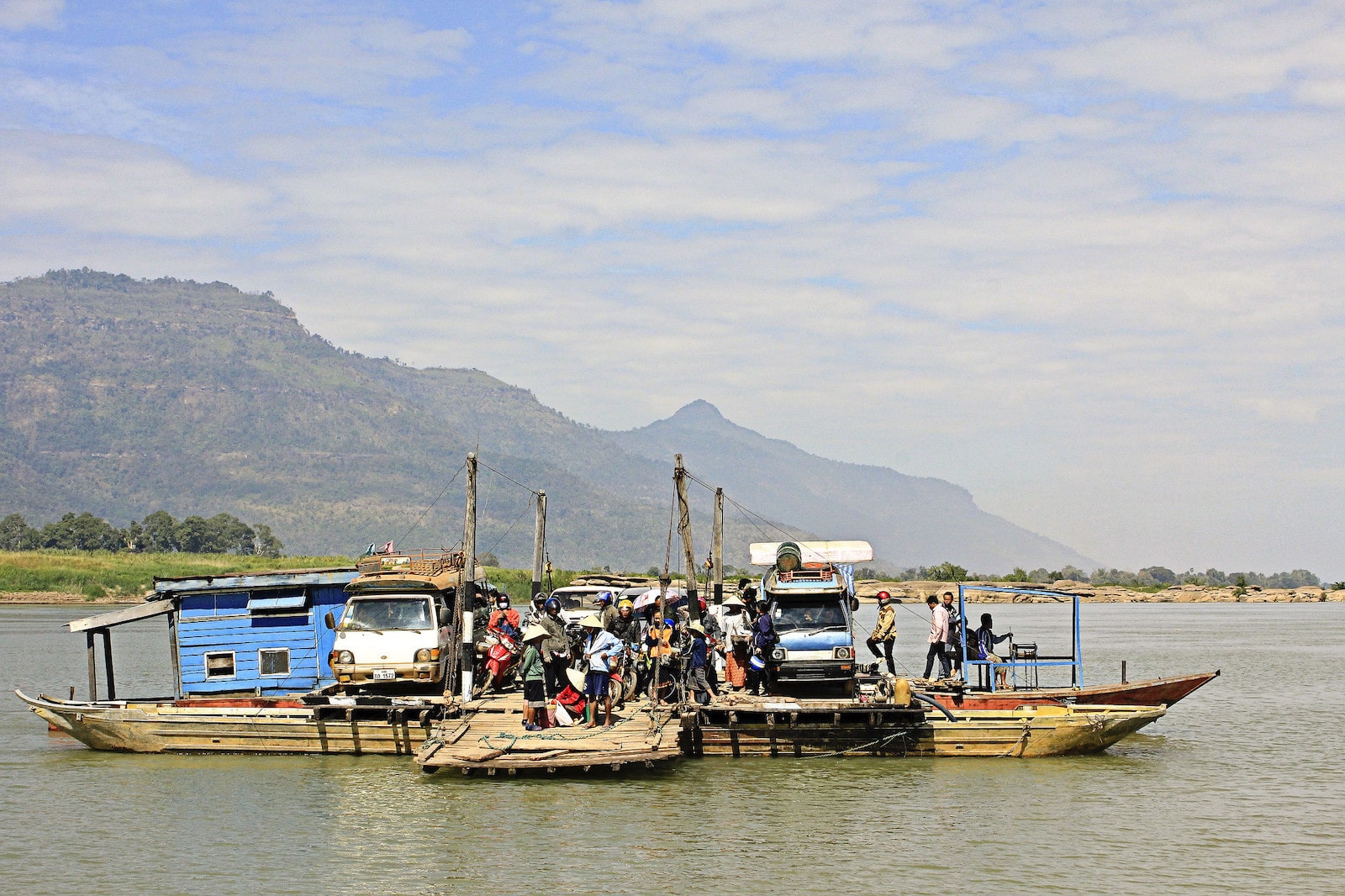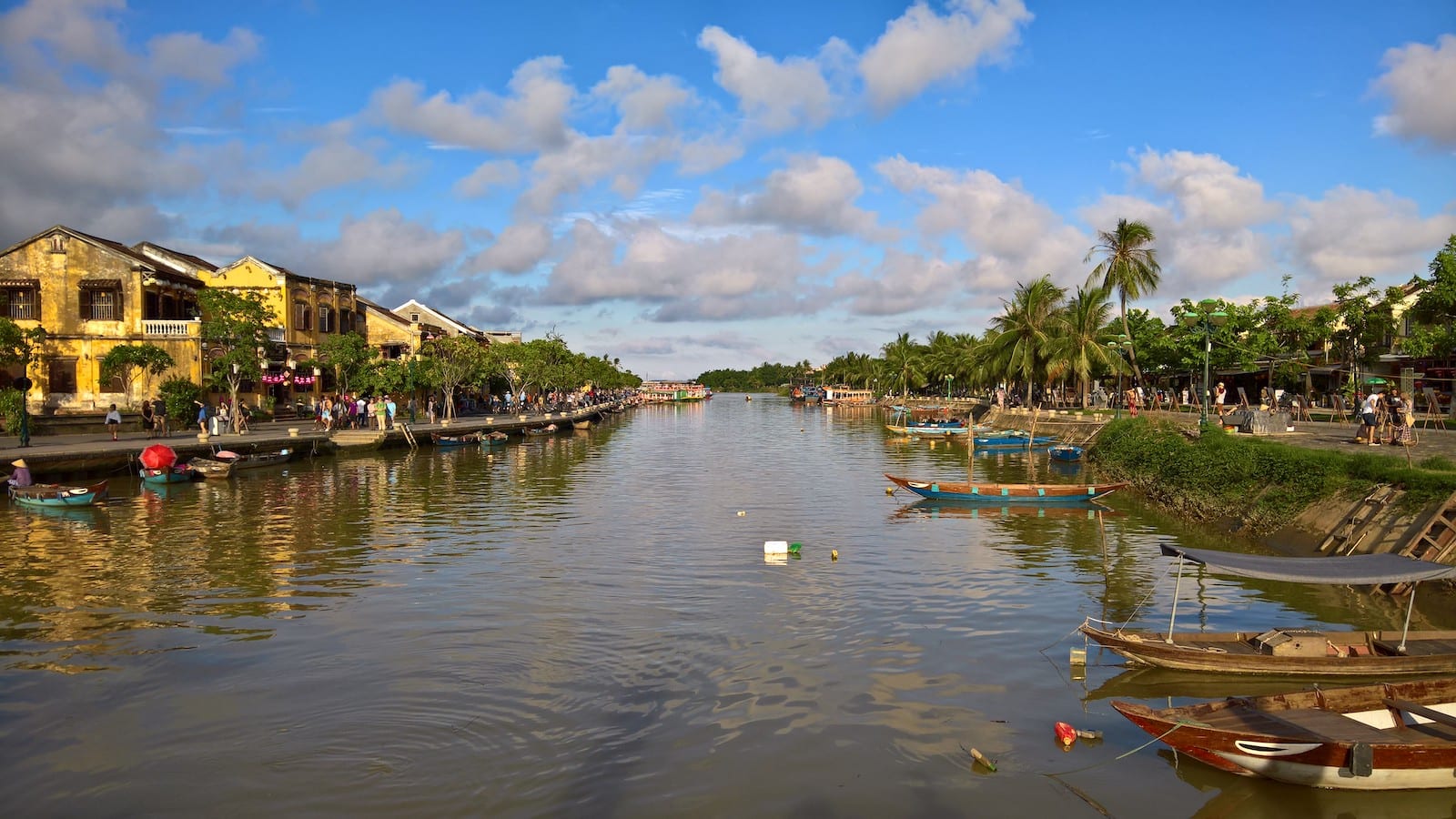Being both a tropical (in the south) and subtropical country (in the north) Vietnam receives plenty of rainfall and has a myriad of rivers, creeks, and streams. Some of the main rivers in Vietnam include the Mekong River, as well as Saigon River, and the Hong River (also known as the Red River). These provide a means of transportation, food, and recreation.
Rivers (Sông) in Vietnam
Hot and humid, Vietnam has a wide array of rivers flowing throughout its geography. The largest one that’s entirely in Vietnam is the Dong Nai River, originating in the highlands by Da Lat.
Map of Vietnamese Rivers
Featured Rivers
Guide to the Main Rivers in Vietnam

There are roughly 2,360 rivers in Vietnam, and these flowing bodies of water have a lot of impact on the local culture. They are great places to relax and enjoy the outdoors.
Many major rivers are also popular tourist attractions, like the Mekong River, Red River, Hoai River, and the Perfume River. While those might be the most well-known, others are equally notable and worth a visit.

Nho Que River
The Nho Que River weaves through mountains, creating some of the most breathtaking scenery for tourists, motorbikes, and backpackers. Its emerald waters lie between China and Vietnam. The river majestically flows through the Ha Giang and the Cao Bang provinces for a length of 192 km.
The source of the Nho Que River is in China’s Yunnan Mountain range. After a long and winding journey, it reaches Seo Lung Village. It then glides through the Dong Van district and the Tu San Abyss Alley.
The basin of the Nho Que River is 6,052 km. There are numerous tour operators in the area as well as motorcycle tours to Ma Pi Leng Pass – where you can witness a stunning bird’s eye view of the flowing river underneath. One of the best ways to view this river is on the Ma Pi Leng Pass which leads to the Ma Pi Leng viewpoint at 1,500 m (4,921 ft) and offers stunning sights of the river.
Ngo Dong River
Set in the Ninh Binh province and along the foot of the Trang An World Heritage Site, the Ngo Dong River is small in size but exquisite in beauty. Especially during the months of April and May, when it flows through the rice fields and the river’s edge is full of life, this gorgeous body of water is one of the most serene that you’ll find in Vietnam.
The river creeps and slowly drifts calmly by the Ninh Binh City and through limestone mountains before meeting up with the Vac River by the Vung Tram Bridge.
Ben Hai River

Flowing through Central Vietnam, the Ben Hai River was once the division point between the north and south parts of the country during the war. These days, it’s the Hien Luong Bridge site, which was destroyed by American bombs, but now has been rebuilt and is an intriguing historical tourist attraction.
Lam River
Even though the Lam River (also called Cả River or Sông Cả) isn’t as famous as some others, it’s still considered one of Vietnam’s best ones to explore. The name “Lam River” comes from its deep blue color, which compliments the sky and tree-lined riverbanks.
Traveling to villages along the Lam River is an excellent way to witness some of the most authentic Vietnamese cultures, as you will be able to watch some of the simpler ways to live life. Two villages worth stopping by along the river include Kim Lien Village, the hometown of President Ho Chi Minh, and Tien Dien Village, the hometown of cultural celebrity Nguyen Du.
Son River
Also known as “Troc River,” Son River is 7,729 meters (4.8 miles) long and circulates underground through the limestone mountain range in the Quang Binh Province. Not only is it famed for its beauty and green water, but it’s also the location of the entrance to the Phong Nha Cave.
Some of the popular activities on or near the Son River include swimming at Mooc Springs, kayaking and caving at Dark Cave, or taking the Phong Nha Cave boat tour to see some of its 14 grottoes.
Mekong River

The Mekong River might be Vietnam’s most famous river, as it is also the largest river in the country and the 12th longest in the world. It’s a beneficial resource in the area, serving as an incredible food source and outdoor recreation options. If you’re planning a trip to Vietnam and would like to experience the Mekong River, here are a few of the top activities offered.
Mekong Multiple-Day Cruises – Multiple day trips that involve exploring the Delta region and its culture. Some packages include seeing sites like the Cu Chi Tunnels, floating markets, and more rural parts of the river that most tourists don’t get to see.
Mekong Single Day Cruises – A shorter version of the multiple-day cruises, single-day cruises take visitors through the lesser-known inland waterways and unspoiled local destinations. Tourists can expect to take small boat rides, kayaks, interact with locals, and have opportunities to purchase souvenirs.
Bike Tours – Explore the Mekong Delta Region at a leisurely pace on bicycle, traveling through small towns and getting glimpses of local culture by staying in a native’s home or nearby hotel. Bike tour trips can be single-day or multiple-day trips.
The Mekong by Bike and Boat – Another popular way to explore the Mekong Delta is by a combination of bike and boat, kayaking through smaller canals, and interacting with residents. Most tours stop by key points of interest like the floating markets and Can Tho if departing from Ho Chi Minh City.
Dong Nai River
The Dong Nai River originates in the Central Highlands in Southern Vietnam. Approximately 586 km in length, Dong Nai is the longest river that is only located in Vietnam.
It flows through the Lam Dong, Dak Nong, Binh Phuoc, Dong Nai, Binh Duong provinces before flowing through Ho Chi Minh City before emptying into the East Sea. The Dong Nai basin feature several hydropower dams such as the Tri An Dam, the Thac Mo dam, and the Dai Ninh Dam.
These rivers are some of the most visited in the country, and all provide a unique experience for tourists looking to discover some of Vietnam’s natural beauty.

























